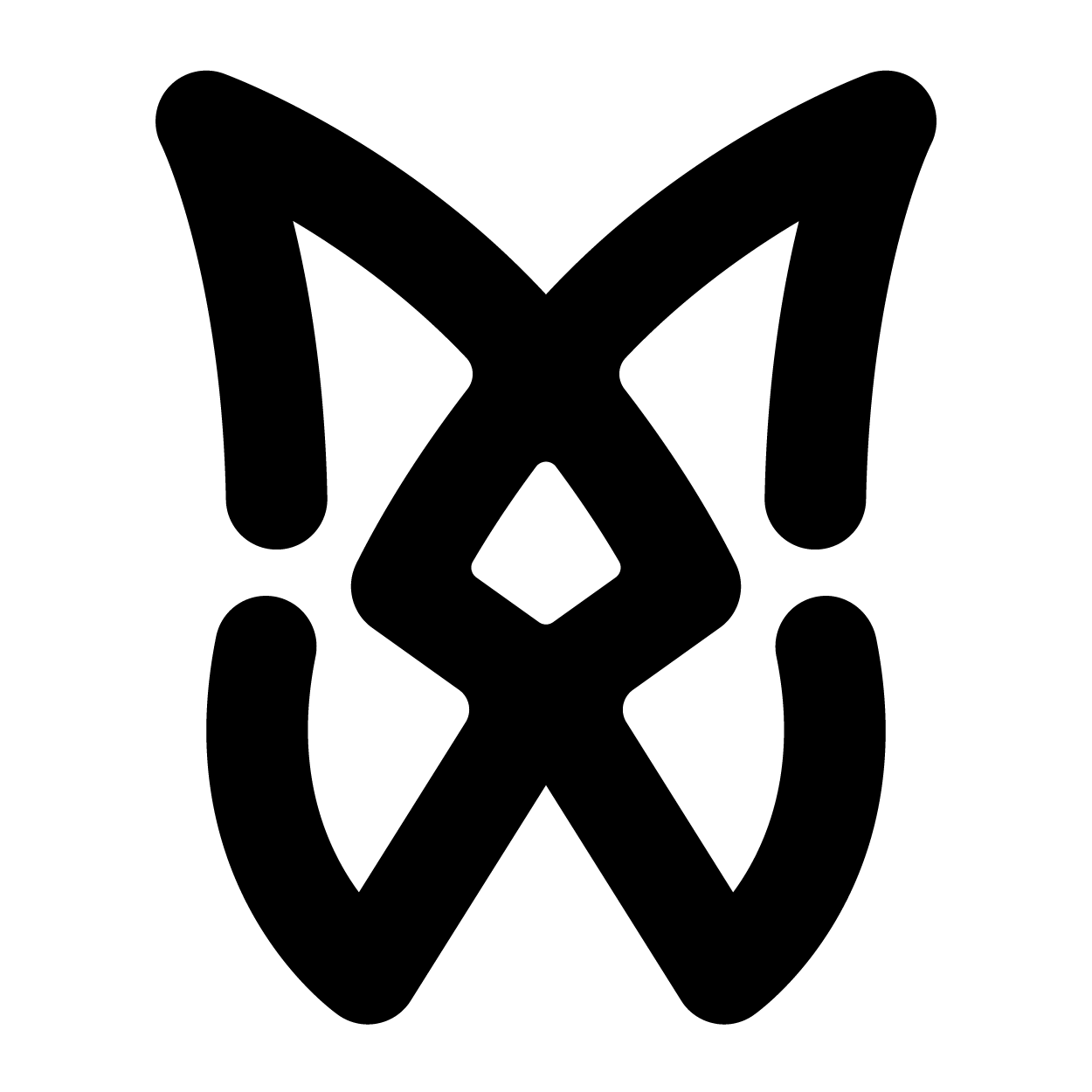As you step into the gym, the symphony of clanging metal greets you, along with a choir of dedication and sweat.
While the clangs for achieving strength and muscle growth sound similar, the mindset behind each rep differs.
Although it's possible to achieve muscle strength and growth by going through the motions, experts and scientific data support that adopting different mental strategies will help you reach your maximum potential.
Some may recognize these mental strategies through the term ‘mind-muscle connections’, but in essence, this connection reflects where we focus our attention. And our attention should differ when aiming to increase strength compared to enhancing muscle growth.
Targeting Attention to the Performance Outcome is Key to Promoting Strength
If your goal is to achieve muscle strength, training should adopt mental strategies that promote efficiency and neuromuscular coordination (Neumann, 2019). Attentional focus, in the context of sports science and exercise performance, refers to the allocation of our mental resources.
More specifically, it involves focusing on external cues or performance outcomes.
Let’s take a simple example:
Instructing a basketball player to put more arc in their free throw shot is a goal that promotes problem-solving. The instruction set forces their attention on the movement outcome - i.e. the arc of the ball. In contrast, a coach could have asked the player to increase the force and change the angle at which the ball is released from their hand. The former, instead of the latter, allows the mind-muscle connection to solve the problem.

In such problem-solving instances, the player will unknowingly begin to experiment with neuromuscular recruitment patterns until they ultimately achieve more arc in their free-throw. Research also shows that they can better recall this pattern later, even under stressful conditions, due to using an external focus during training (Totsika & Wulf, 2004).
So it does matter what instruction sets we receive (Laakso et al., 2021), despite who delivers them. Whether an instruction comes from a coach or our inner motivating voice. Where we place attention during training alters the strategies our mind-muscle connections employ.
Regarding weightlifting, research shows that an external focus of attention to enhance movement efficiency is particularly relevant (Neumann, 2019). An external focus of attention results in:
- Reduced muscular activity
- Higher peak force
- Greater speed
- Longer endurance
- Better movement form
- More automatic and fluid movement
Adopting an external focus of attention, that is, focusing on the movement outcome, may allow the athlete to lift the same, if not more, weight with less effort.
Targeting Attention to the Muscle is Key to Promoting Growth

Most athletes have experienced relatively rapid gains in muscle strength before any noticeable change in muscle growth or hypertrophy. The phenomenon is well-known. The gain in strength is attributed to neurological adaptations or, more simply, improved recruitment strategies.
Yet, if studies show that adopting an external focus reduces muscular activity (Vance et al., 2004) and makes movements more efficient, shouldn't an internal focus increase muscular activity? The answer is yes. But, a more strategic question is, why is this knowledge useful?
A recent Andrew Huberman podcast shared a unique perspective on the interpretation of the mind-muscle connection related to weightlifting. ‘‘When training to increase muscle size, it’s not about moving weights but about challenging muscles…combined with that, certain muscles will grow better and maybe recover better when you contract it hard, so much so that it hurts. That’s what you should aim for,’’ explains Jeff Cavalier.
The underlying mechanics of this interpretation is that to contract the muscle fully and maximally, the recruitment of all the motor units and fibres must occur in a more synchronic fashion. If one were to measure the electrical activity, the synchronous recruitment of these fibres would result in a higher degree of muscular activity. Meaning more muscles are being contracted fully at the same time.
According to Jeff Cavalier, ‘Flex until it hurts.’
He further adds, ‘Connect better neurologically. When strength is your goal, efficiency is what you are seeking. But for hypertrophy, you need to find a way to make that muscle uncomfortable.’
One way to make that muscle more uncomfortable would be to adopt an internal focus of attention. Shift your attention inward, focusing on muscle rather than going through the motions.
This may explain why a wall of mirrors in the gym is as quintessential as the weights themselves. The reflection is not a nod to vanity but a mental tactic, a visual cue to guide your attention and hone in on the muscle at work.
Kinesiology Taping to Guide Attention

There is no doubt kinesiology taping has been used beyond its original purpose. For example, skiers adopted a novel use for it by placing small strips of kinesiology tape on their cheeks and forehead as a shield from the nipping cold. They sported multiple colours as they soared down the slopes free from the chill, allowing them to focus solely on their descent.
Few studies exist on kinesiology taping during weightlifting performance; however, there is support for tape application following high-intensity exercise (Hung et al., 2021), as taping can improve recovery by alleviating delayed onset muscle soreness (DOMS).
Still, it will be no surprise if other uses that transcend the tape's original purpose make a vibrant debut in the gym as well. As we catch a nod in the mirror, the colourful stripes can guide our attention to muscles at work, keeping us aware of our goals and helping to enhance our muscular form and performance.
References
-
Hubermann A. ( Host). (July 4, 2022). Jeff Cavaliere: Optimize your exercise program with science-based tools [Audio podcast]. Huberman Lab. https://www.hubermanlab.com/episode/jeff-cavaliere-optimize-your-exercise-program-with-science-based-tools
-
Hung BL, Sun CY, Chang NJ, Chang WD. Effects of Different Kinesio-Taping Applications for Delayed Onset Muscle Soreness after High-Intensity Interval Training Exercise: A Randomized Controlled Trial. Evid Based Complement Alternat Med. 2021;2021(3):1-10. https://doi.org/10.1155/2021/6676967
-
Jason Vance, Gabriele Wulf, Thomas Töllner, Nancy McNevin & John Mercer (2004) EMG Activity as a Function of the Performer's Focus of Attention, Journal of Motor Behavior, 36:4, 450-459, DOI: 10.3200/JMBR.36.4.450-459
-
Laakso, Lassi A.1,2. Optimizing Verbal Communication in the Instruction of Weightlifting to Weightlifting Naïve Athletes. Strength and Conditioning Journal 43(5):p 109-115, October 2021. | DOI: 10.1519/SSC.0000000000000636
-
Neumann, D. L. (2019). A Systematic Review of Attentional Focus Strategies in Weightlifting. Frontiers in Sports and Active Living, 1, 475597. https://doi.org/10.3389/fspor.2019.00007
-
Vasiliki Totsika & Gabriele Wulf. The Influence of External and Internal Foci of Attention on Transfer to Novel Situations and Skills, Research Quarterly for Exercise and Sport (2003), 74:2, 220-232, DOI: 10.1080/02701367.2003.10609084






Partager:
Comment sortir d'une ornière de remise en forme
Power Up Your Day: The Ultimate Athlete's Breakfast